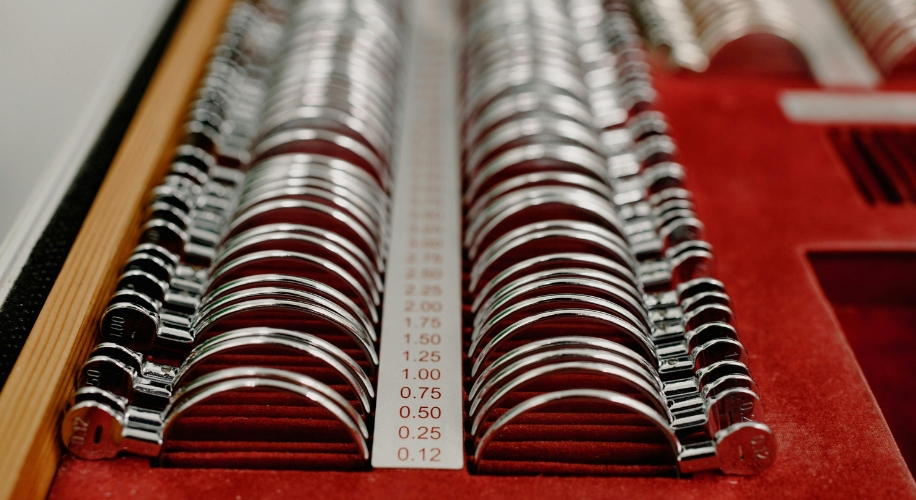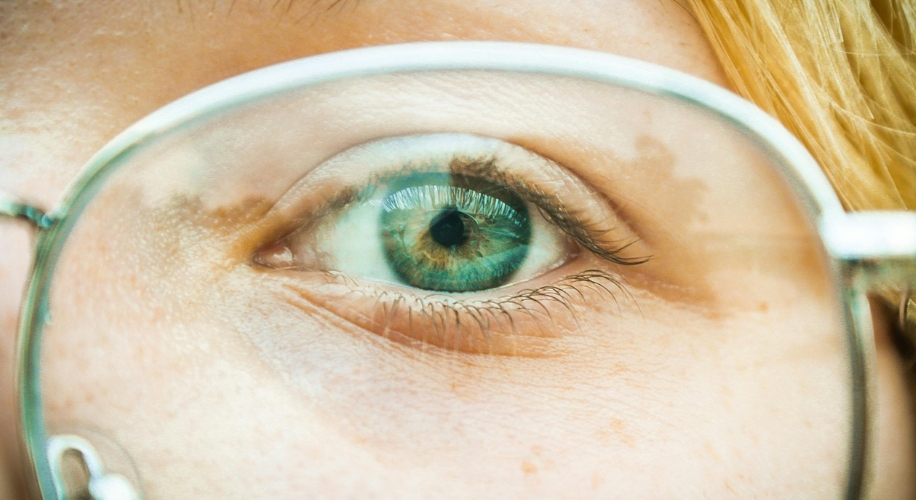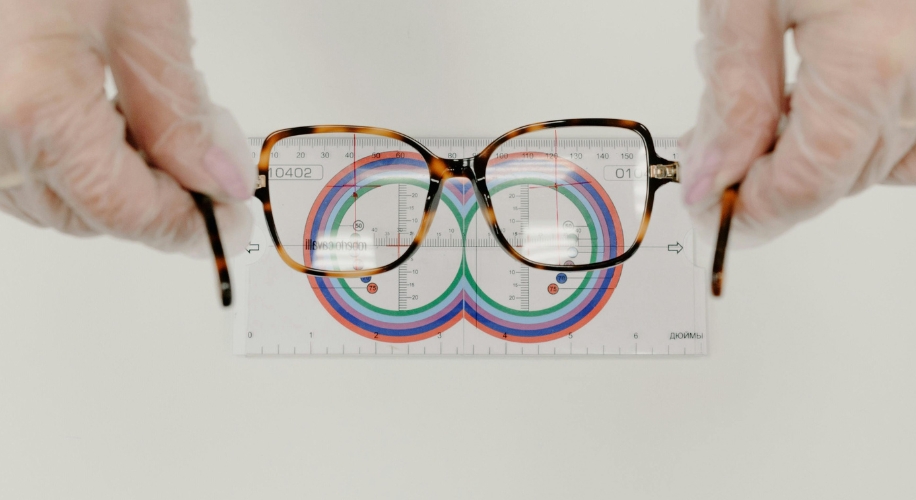Decoding Dioptric Power: A Simple Guide
- BY Dr. Steven Liem
- IN Eye Care

Photo by Ksenia Chernaya
Whether you’re a seasoned glasses wearer or you’ve recently received your first optical prescription, you may have noticed a term called ‘dioptric power’ mentioned. In the world of optometry, dioptric power is an important concept that helps opticians determine the corrective power needed in your eyeglasses or contact lenses. Let’s delve into what dioptric power is and why it matters in your daily vision.
What is Dioptric Power?
In simple terms, the dioptric power, denoted by a ‘D’, is a measure of the optical power of your lenses, specifically how much they can bend light. It’s an essential parameter in the design of eyewear because it helps to correct refractive errors like myopia (nearsightedness), hyperopia (farsightedness), and astigmatism. The higher the dioptric power, the stronger the lens.
Nearsighted vs Farsighted Prescriptions
In an eye prescription, you may see a negative or positive dioptric value before the ‘D’. This indicates whether you are nearsighted or farsighted. A negative dioptric power implies that you are nearsighted and need lenses that can diverge light, while a positive value indicates farsightedness and requires lenses that can converge light.
Understanding Your Prescription

Photo by Sean Patrick
The dioptric power is just one part of your prescription. Other important elements include different values for your right eye (OD), left eye (OS), and both eyes together (OU). Learning to understand your prescription can be a bit daunting initially, but it can help you make informed choices when purchasing eyewear. This informative guide can help decode your prescription and simplify your eyewear shopping experience.
How Dioptric Power Influences Lens Thickness
It’s worth noting that the dioptric power of your lenses can affect their thickness. Higher powers often result in thicker lenses. However, modern advancements in lens technology, such as high-index lenses, have made it possible to create thinner, lighter lenses even for high prescription powers.
Dioptric Power and Contact Lenses
While similar, the dioptric power in eyeglasses and contact lenses may not always be identical for the same person. This is because contact lenses sit directly on your eye, while eyeglasses are positioned a short distance away. As a result, the lens power needed to correct your vision may differ slightly between the two types of eyewear.
Keeping Your Prescription Up-to-Date

Photo by Ksenia Chernaya
Remember, your vision can change over time, and so can your dioptric power. Regular eye exams are crucial to keep your prescription current and ensure you’re seeing clearly. An accurate prescription not only helps you experience the best visual acuity, but it also contributes to your overall eye health and comfort.
While understanding dioptric power can seem a bit technical, a basic grasp of the concept can help you better understand your visual needs and make informed eyewear choices. Always consult with your eye care professional if you have any questions regarding your prescription or the suitability of different eyewear options for your vision needs.

